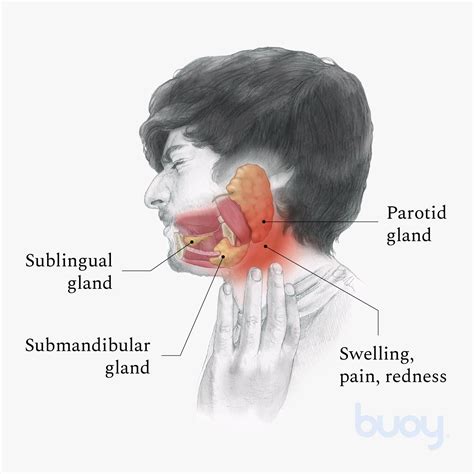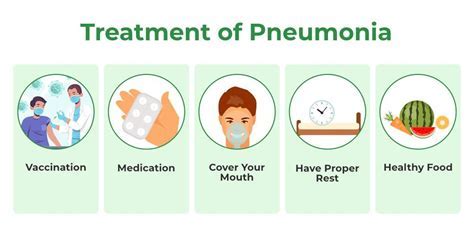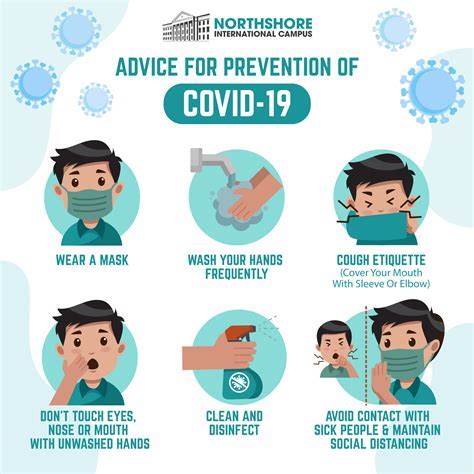Intro
Learn about Parotid Gland Infection Symptoms, including swelling, pain, and fever, caused by bacterial or viral infections, and discover treatment options for parotiditis, a common salivary gland infection affecting the parotid gland.
The parotid gland is one of the major salivary glands located on either side of the face, below and in front of the ears. Infections of the parotid gland can be painful and potentially serious if left untreated. Understanding the symptoms of a parotid gland infection is crucial for seeking medical attention promptly. Parotid gland infections can occur due to bacterial or viral causes, and recognizing the signs of infection is the first step towards effective management and treatment.
Infections of the parotid gland can affect anyone, but they are more common in individuals with certain risk factors, such as dehydration, poor oral hygiene, or conditions that affect the flow of saliva. The symptoms of a parotid gland infection can vary depending on the severity of the infection and the causative agent. However, there are common signs and symptoms that individuals should be aware of to seek medical help early.
Parotid gland infections can significantly impact an individual's quality of life, causing discomfort, pain, and difficulty eating or speaking. Given the potential complications of untreated parotid gland infections, such as the spread of infection to other parts of the face or neck, it is essential to recognize the symptoms early and seek medical evaluation. Early diagnosis and treatment can help alleviate symptoms, prevent complications, and ensure a full recovery.
Understanding Parotid Gland Infection Symptoms

The symptoms of a parotid gland infection can range from mild to severe and may develop suddenly or over time. Common symptoms include pain and swelling in the area of the parotid gland, which can be tender to the touch. Individuals may also experience redness and warmth over the affected gland. In some cases, a parotid gland infection can cause a foul-tasting discharge from the gland, and there may be difficulty opening the mouth or moving the jaw due to pain and swelling.
Common Symptoms of Parotid Gland Infection
Some of the common symptoms of a parotid gland infection include: - Pain or tenderness in the face, particularly in the area of the parotid gland - Swelling or redness over the parotid gland - Fever, which can indicate a bacterial infection - Difficulty eating or swallowing due to pain - Discharge or pus from the parotid gland - Swollen lymph nodes in the neck - Bad taste or foul odor from the mouthCauses and Risk Factors of Parotid Gland Infections

Parotid gland infections can be caused by bacteria or viruses. Bacterial infections are more common and can occur due to a blockage in the salivary ducts, poor oral hygiene, or a weakened immune system. Viral infections, such as mumps, can also cause parotid gland inflammation. Certain factors can increase the risk of developing a parotid gland infection, including dehydration, which can reduce saliva production and increase the risk of bacterial growth.
Risk Factors for Parotid Gland Infections
Individuals with the following conditions are at a higher risk of developing parotid gland infections: - Poor oral hygiene - Dehydration - Weakened immune system - Previous salivary gland infections - Blockage in the salivary ducts - Certain medical conditions, such as Sjögren's syndrome or sarcoidosisDiagnosis and Treatment of Parotid Gland Infections

Diagnosing a parotid gland infection typically involves a physical examination and review of medical history. The healthcare provider may perform imaging tests, such as a CT scan or ultrasound, to confirm the diagnosis and rule out other conditions. Treatment for parotid gland infections depends on the cause and severity of the infection. Antibiotics may be prescribed for bacterial infections, while viral infections may require supportive care, such as rest, hydration, and pain management.
Treatment Options for Parotid Gland Infections
Treatment options for parotid gland infections include: - Antibiotics for bacterial infections - Pain management with over-the-counter or prescription medications - Hydration to help thin out saliva and promote drainage - Warm compresses to the affected area to relieve pain and swelling - Rest and avoiding strenuous activitiesComplications of Untreated Parotid Gland Infections

If left untreated, parotid gland infections can lead to serious complications, including the spread of infection to other parts of the face or neck. Abscesses, or pockets of pus, can form in the parotid gland, requiring drainage. In rare cases, parotid gland infections can lead to more severe conditions, such as sepsis or meningitis.
Potential Complications of Parotid Gland Infections
Potential complications of untreated parotid gland infections include: - Spread of infection to other parts of the face or neck - Formation of abscesses in the parotid gland - Sepsis, a life-threatening condition that occurs when the infection spreads to the bloodstream - Meningitis, an infection of the membranes surrounding the brain and spinal cord - Permanent damage to the parotid gland or surrounding tissuesPrevention of Parotid Gland Infections

Preventing parotid gland infections involves maintaining good oral hygiene, staying hydrated, and managing underlying medical conditions. Regular dental check-ups can help identify and treat any oral health issues that may increase the risk of parotid gland infections.
Ways to Prevent Parotid Gland Infections
Ways to prevent parotid gland infections include: - Practicing good oral hygiene, such as brushing and flossing teeth regularly - Staying hydrated to promote saliva production and help clear bacteria from the mouth - Managing underlying medical conditions, such as diabetes or autoimmune disorders - Avoiding smoking and tobacco products, which can increase the risk of salivary gland infections - Getting regular dental check-ups to identify and treat any oral health issuesLiving with Parotid Gland Infections

Living with a parotid gland infection requires managing symptoms, following treatment plans, and taking steps to prevent future infections. Individuals can take several measures to alleviate discomfort and promote healing, such as applying warm compresses to the affected area, staying hydrated, and practicing good oral hygiene.
Coping with Parotid Gland Infections
Coping with parotid gland infections involves: - Managing pain and discomfort with over-the-counter or prescription medications - Staying hydrated to promote saliva production and help clear bacteria from the mouth - Practicing good oral hygiene to prevent future infections - Getting plenty of rest and avoiding strenuous activities - Following the treatment plan recommended by the healthcare providerFuture Directions in Parotid Gland Infection Treatment

Research into parotid gland infections is ongoing, with a focus on developing new treatments and improving existing ones. Future directions in treatment may include the use of new antibiotics or other medications, as well as innovative approaches to managing symptoms and preventing complications.
Emerging Trends in Parotid Gland Infection Treatment
Emerging trends in parotid gland infection treatment include: - The development of new antibiotics or other medications to treat bacterial infections - The use of innovative approaches, such as gene therapy or stem cell therapy, to promote healing and prevent complications - The development of new diagnostic tests to help identify parotid gland infections earlier and more accurately - The use of technology, such as mobile apps or wearable devices, to help individuals manage symptoms and stay connected with their healthcare providersWhat are the symptoms of a parotid gland infection?
+The symptoms of a parotid gland infection can include pain and swelling in the area of the parotid gland, fever, difficulty eating or swallowing, and discharge or pus from the gland.
How are parotid gland infections diagnosed?
+Parotid gland infections are typically diagnosed through a physical examination and review of medical history, as well as imaging tests such as a CT scan or ultrasound.
Can parotid gland infections be prevented?
+Yes, parotid gland infections can be prevented by maintaining good oral hygiene, staying hydrated, and managing underlying medical conditions.
What are the potential complications of untreated parotid gland infections?
+Untreated parotid gland infections can lead to serious complications, including the spread of infection to other parts of the face or neck, abscesses, sepsis, and meningitis.
How can individuals cope with parotid gland infections?
+Individuals can cope with parotid gland infections by managing pain and discomfort, staying hydrated, practicing good oral hygiene, getting plenty of rest, and following the treatment plan recommended by their healthcare provider.
We hope this article has provided you with a comprehensive understanding of parotid gland infection symptoms, causes, diagnosis, treatment, and prevention. If you have any further questions or concerns, please do not hesitate to comment below or share this article with others who may find it helpful. By working together, we can promote awareness and education about parotid gland infections and help individuals seek the medical care they need to recover and prevent future infections.
